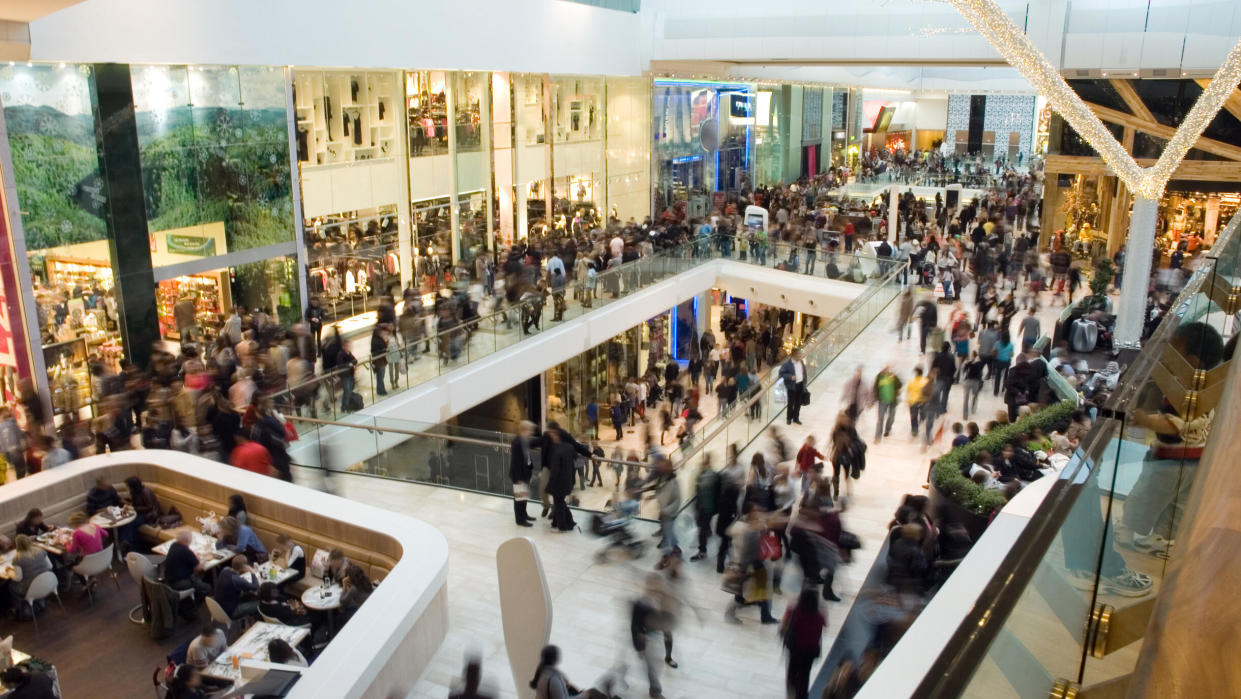Why retailers should be wary of the immersive shopping trend

Retail Watch | Jul 27, 2023
If “experiential” was the retail business buzzword over the past decade, it’s now been replaced by a new word: “immersive.” And while everyone is scrambling to make their stores, websites and events as interactive as possible, the truth of the matter is that “immersive” will be a lot harder to accomplish than it sounds.
The proof may come from a little place in central Florida called Disney World. (Perhaps you’ve heard of it?) Last month, Disney announced, with as little fanfare as possible, that it would be closing the Galactic Starcruiser hotel—part luxury hotel, part amusement park ride, part live movie that included guests in the action within the theme park’s Star Wars complex. Notably, the closure next month comes just 18 months after its opening, and an estimated investment of hundreds of millions of dollars to create a hotel that simulates an intergalactic space voyage, complete with asteroid shower videos projected on spaces where rooms would ordinarily have windows.
What happened? Theories vary, but the general consensus is this: At $4,800 for a two-night stay, the experience just wasn’t worth it—and it was worth even less for returning visitors, for whom the novelty had already worn off.
Disney rarely gets these kinds of things wrong, but the Galactic Starcruiser hotel serves as a painful reminder that companies catering to consumers with this level of detail can sometimes go too far. It brings to mind a notable example from many years ago that had eerie parallels: In 1992, Tandy Corporation, the company that owned the then-thriving RadioShack chain, opened a new store called Incredible Universe. And incredible it was. At about 185,000 square feet, the stores were indeed a universe of consumer electronics products, with vast assortments, giant displays and interactive stations to try out all of the gadgets. Incredible Universe featured all kinds of associated paraphernalia, including membership cards (cutting-edge at the time), passports that were stamped when you visited different areas of the store, and even stages where store workers—“cast members,” of course—put on shows and did demos.
In the words of one of my co-workers at the time, who visited one of the 17 stores that were eventually opened, it was “overwhelming.” With some 85,000 SKUs in each location, Incredible Universe was not the place to run in and pick up a new radio, much less a home theater setup. Tandy later reported that only a few of the Incredible Universe locations were profitable, and in one year, the business lost $90 million—which was real money back then. The chain was closed five years after opening, and Tandy took its losses and moved on (although we know its core RadioShack business would also eventually succumb for entirely different reasons).
Incredible Universe was the epitome of immersive retailing in the 1990s. Maybe it was a bit ahead of its time, but maybe not. While chains like Bass Pro Shops and Dick’s Sporting Goods make a big deal out of interactive displays where you can try out products like basketballs, fishing rods and even rifles, most retailers struggle with how to be immersive. We’ve all gone into too many big stores where test kitchen areas are empty and littered with overflow products rather than cooking demos. How many of the products in those video display demos are even plugged in, much less on and running?
Immersive retailing is one of those holy grails of the business, and while there seems to be some recent progress on the e-commerce side of the business—this week, Wayfair introduced a new virtual reality feature called Decorify that takes its digital leadership to the next level—it is much more of a challenge to get right in physical stores.
That’s why you can go into home stores that are considered the best in the business today—be it RH, Arhaus, Ethan Allen, Nebraska Furniture Mart or any of the Williams-Sonoma nameplates—and they all adhere to strong product displays, good salespeople and the occasional iPad to work on projects and decorating schemes. What you won’t find are stages, costumed salespeople or cooking mannequins.
Three decades ago, Incredible Universe couldn’t make the immersive concept work. This year, Disney stumbled on its immersive attempt. It’s a telltale warning for retailers in the home business who think they need to be the Chuck E. Cheese of furniture: Smoke and mirrors (and dancing mice) only go so far.
____________
Warren Shoulberg is the former editor in chief for several leading B2B publications. He has been a guest lecturer at the Columbia University Graduate School of Business; received honors from the International Furnishings and Design Association and the Fashion Institute of Technology; and been cited by The Wall Street Journal, The New York Times, The Washington Post, CNN and other media as a leading industry expert. His Retail Watch columns offer deep industry insights on major markets and product categories.
Want to stay informed? Sign up for our newsletter, which recaps the week’s stories, and get in-depth industry news and analysis each quarter by subscribing to our print magazine. Join BOH Insider for discounts, workshops and access to special events such as the Future of Home conference.

